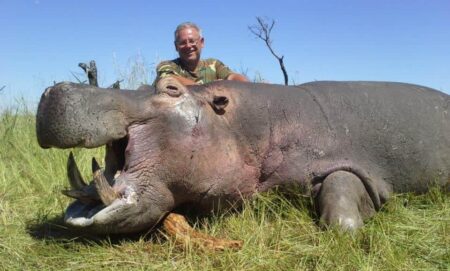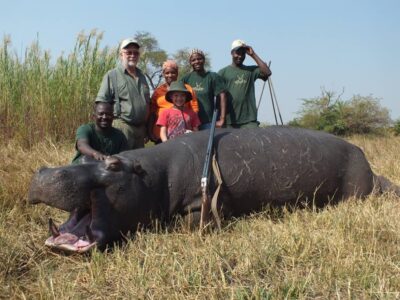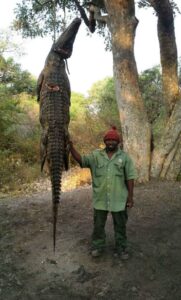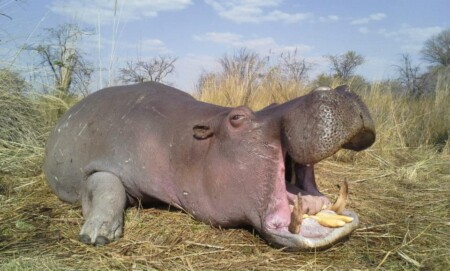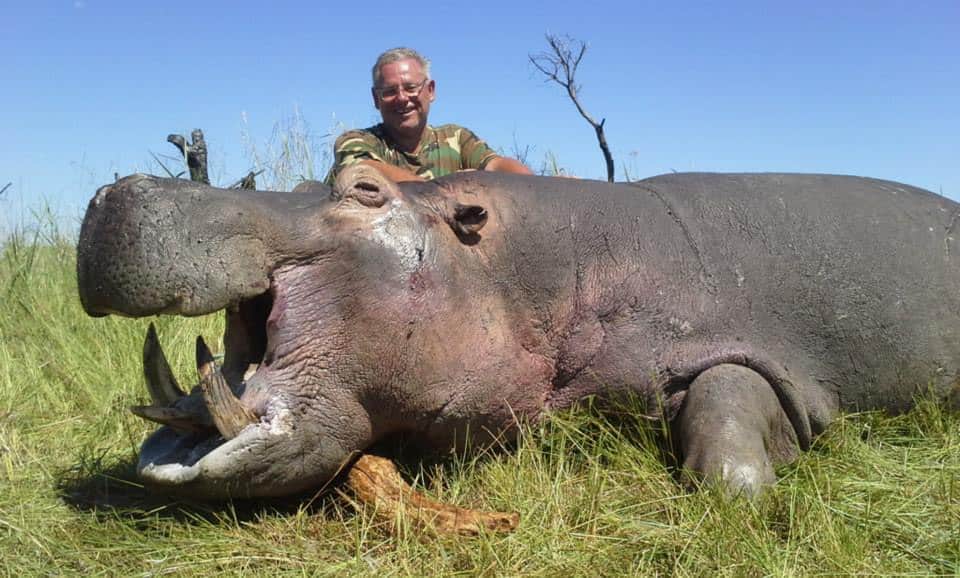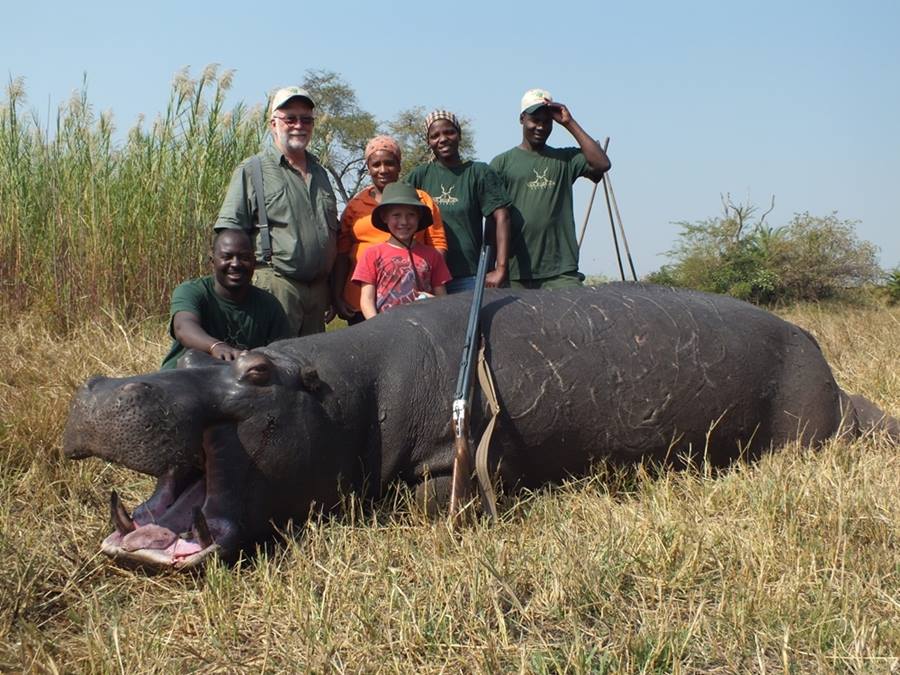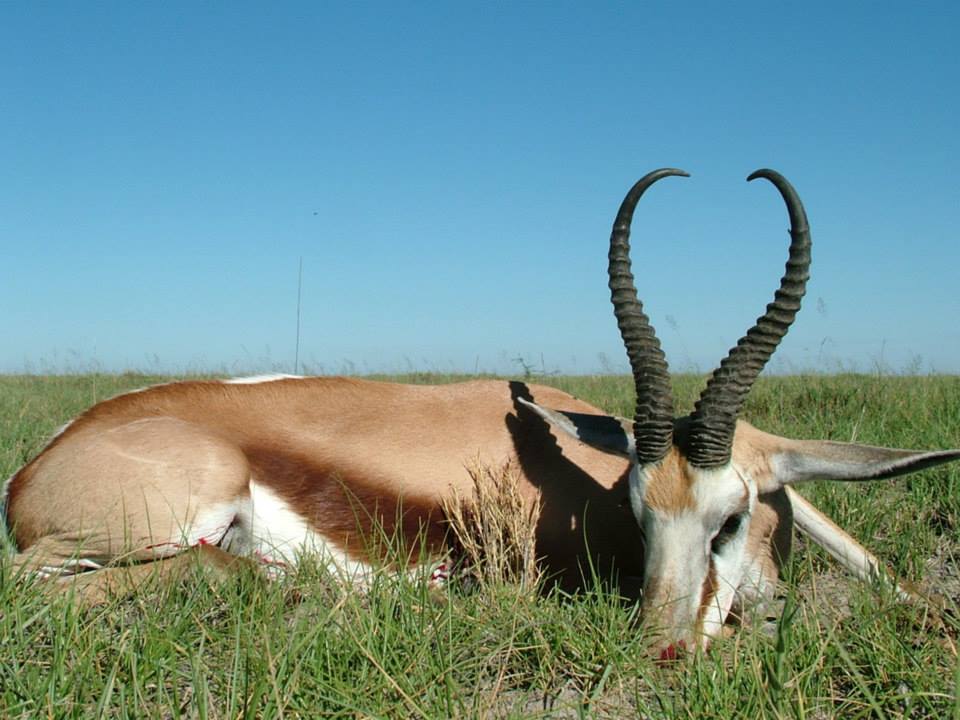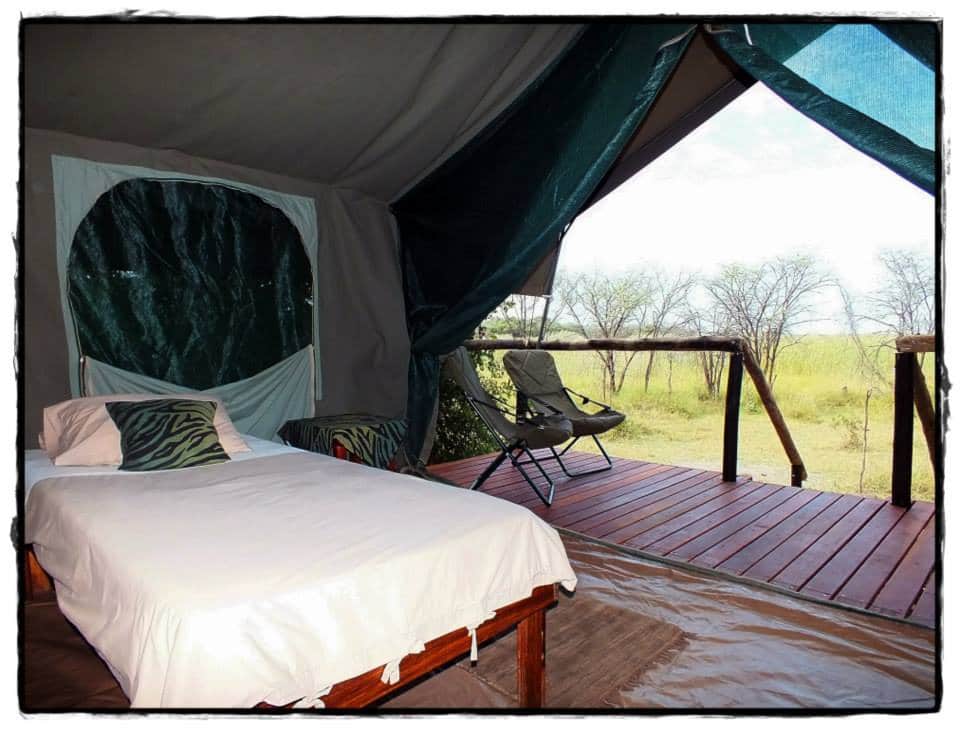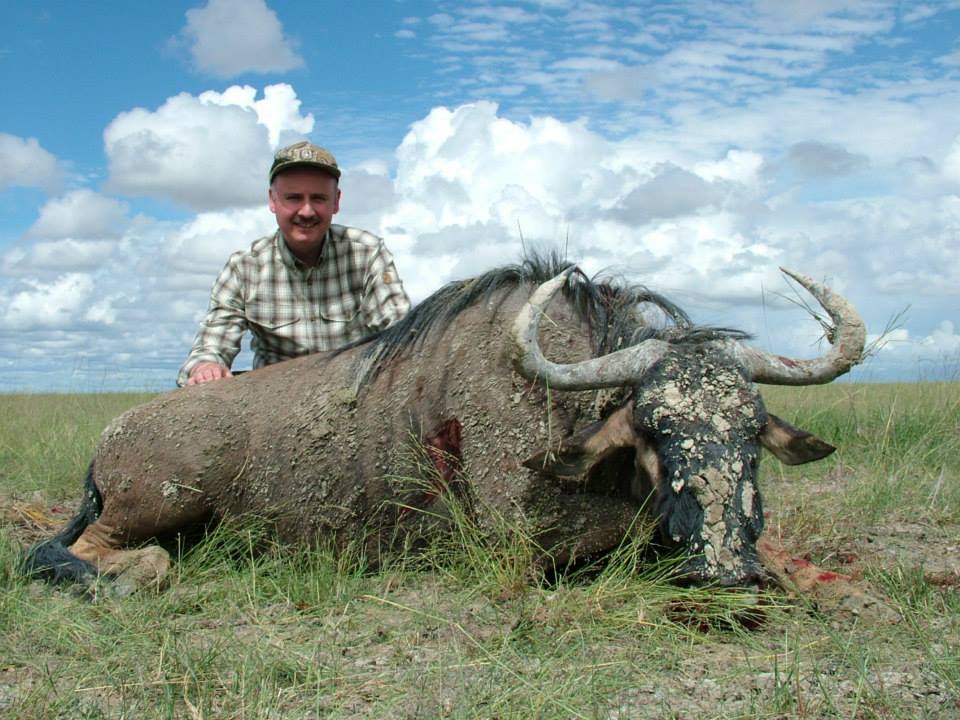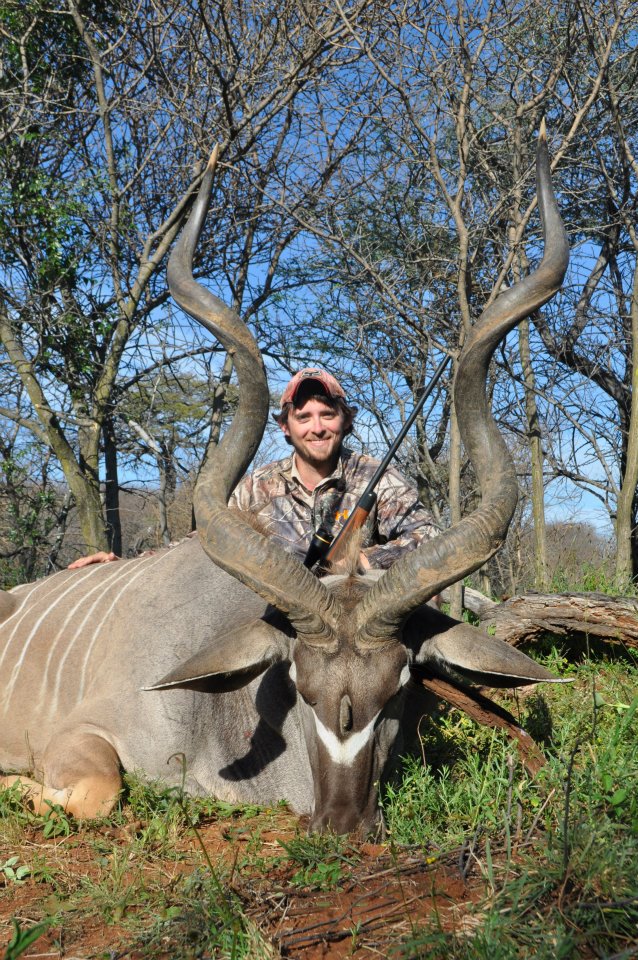8 days Hippo, Crocodile and Antelope hunt in Caprivi 1:1
This offer is not active at the moment.
Hippo, Crocodile, Kudu, Impala, Grey Duiker, Blue Wildebeest, Waterbuck, Eland, Reedbuck
8 days Hippo, Crocodile and Antelope hunt in Caprivi 1:1
This offer is not active at the moment.
Location: Caprivi, Namibia
From: Who is offering this hunt
Hunting time: 01. February - 30. November
Description:Hippo Hunting in Namibia The Hippo, is one of Africa's iconic animals, much like the Elephants and the Lions, yet we don't see them much because 95 percent of their bodies are usually hidden beneath the water. Hippo have a reputation as one of the most dangerous killers in ..more offer details
Other users also looked at the following:
Offer description
8 Tage Caprivi, Hippo, Krokodil und Antilopenjagd 1: 1
Nilpferdjagd in Namibia
Das Nilpferd, ist eines von Afrikas ikonischen Tieren, ähnlich wie die Elefanten und die Löwen, aber man sieht sie nicht viel, weil 95 Prozent ihrer Körper normalerweise unter dem Wasser verborgen sind.
Das Hippo hat den Ruf, einer der gefährlichsten Killer Afrikas zu sein, aber das liegt eher an ihrem territorialen Temperament als an ihrer Natur. Wie bei den Menschen jedoch, je älter die Flusspferde werden, desto mürrischer sind sie und es sind diese älteren Bullen, die aus ihrer Familiengruppe geworfen wurden, oft mit tödlichen Wunden, die jedes Jahr die vielen Todesfälle in Afrika verursachen.
Trotz ihrer Größe, ihrer Kraft und wilden Natur flüchten Flusspferde beim geringsten Anzeichen von Gefahr in die Sicherheit des Wassers. Überraschenderweise sind Hippos keine guten Schwimmer. Sie überqueren tiefes Wasser, indem sie am Boden entlang laufen. Sie wiegen 10 Mal mehr als ein Löwe, doch der Anblick oder Geruch dieser Raubkatze versetzt sie in einen rasenden Ansturm auf das Wasser, das von ihnen berstend verdrängt wird. Man will während dieser hektischen Flucht nicht zwischen ihnen und dem sicheren Hafen des Tiefwassers stehen!
Nilpferde zu jagen ist nicht besonders schwierig, aber die wahre Herausforderung liegt darin, ein altes mürrisches Nilpferd im Wasser zu erkennen und dann auf etwa 30 m den "Coupe de Grace" anzutragen.
Nilpferde grasen vom späten Nachmittag bis zum frühen Morgen. Sie verlassen dann die Sicherheit des Wassers und bewegen sich viele Kilometer auf trockenem Land, um eine gute Weide zu finden. Während des Tages faulenzen sie im Wasser und kommen gelegentlich auf Sandbänken oder auf kleinen Inseln in der Sonne.
An bewölkten Tagen werden regelmäßig Nilpferde in der Dzoti Conservancy gefunden, die an den Seiten von Wasserkanälen oder auf kleinen Inseln weiden. Während der Erntezeit sind die Einwohner von Dzoti Conservancy froh, Jäger zu sehen, die Hippos jagen wollen. Hippos, zusammen mit Elefanten und Büffeln, verursachen große Ernteverluste für die Einheimischen auf ihren Feldern.
Die meisten Löwenjäger schießen Nilpferde, da sie ausgezeichnete Köder für Löwen bilden. Bei problematischen Tieren ist die Entscheidung in der Regel eine Frage der Notwendigkeit und nicht der Wahl.
Bei Hippos ist der Herzlungenschuss ist äußerst effektiv, aber ihre dicke, blubberige Haut macht die Referenzpunkte des vitalen Dreiecks extrem schwierig zu sehen. Der häufigste Schuss aus offensichtlichen Gründen ist der Gehirnschuss. Das Gehirn des Hippo ist überraschend klein für ein so großes Tier, ungefähr so groß wie die Faust eines Mannes. Direkt zwischen den Augen und dem Ohr sind die besten Ziele.
Die .375 H & H ist wirklich die minimale gesetzliche Voraussetzung für die Nilpferdjagd.
Hippo Hunting in Namibia
The Hippo, is one of Africa's iconic animals, much like the Elephants and the Lions, yet we don't see them much because 95 percent of their bodies are usually hidden beneath the water.
Hippo have a reputation as one of the most dangerous killers in Africa but this is more due to their territorial temperament than their nature. However, as with humans, the older hippos get, the more grumpy they are and it is these older bulls that have been kicked out of their family group, often with mortal wounds, that cause the many deaths in Africa each year.
Despite their size, their power and ferocious nature Hippos scuttle to the safety of the water at the slightest sign of danger. Surprisingly Hippo are not good swimmers. They cross deep water by walking or running along the bottom. They outweigh a lion 10 times yet the sight or smell of one sends them into a frantic headlong charge towards the water knocking down all in front of them. It is during these frantic charges that you do not want to be between them and their deep water safe haven!
Shooting hippos is not particularly difficult, but the real challenge lies in finding an old cranky Hippo out of the water, and then getting in around 30 m of him to deliver the “coupe de grace”.
Hippos graze from late in the afternoon to early morning. They will leave the safety of water behind and wonder for many kilometres out onto dry land to find good grazing. During the day they laze around in the water and occasionally come out to lie on sandbanks or on little islands in the sun.
On overcast days Hippos are regularly found in Dzoti Conservancy grazing along the sides of water channels or on little islands. During crop season the local residents in Dzoti Conservancy are to glad to see hunters who intend to hunt Hippo. Hippo’s, together with Elephant and Buffalo cause great crop losses for the locals on their fields.
Most Lion hunters will shoot hippo, as it makes excellent lion bait and with problem animals the decision is usually a matter of necessity, rather than choice.
The heart lung shot on Hippo is extremely effective but its thick, blubbery skin makes the vital triangle reference points extremely difficult to see. The most common shot for obvious reasons is the brain shot. The Hippo’s brain is surprisingly small for such a large animal, roughly the size of a man’s fist. Directly between the eyes and the ear are the best areas to aim for.
The .375 H&H is really the minimum legal requirement for shooting hippo.
Territory information
Additional information: Dzoti hunting concession is one of the youngest registered conservancies but definitely one of the most promising big game hunting areas in Namibia. The area comprises of 250 km² and borders directly with three major National Parks. With Mudumo National Park in the North-West as the border, Dzoti shares the same dense Mopani vegetation that offers shelter to animal species like Sable, Roan, Kudu, Zebra and Blue Wildebeest. The south –western limit is Mamili National Park with its complex channel of reed beds, lakes and islands that make up the Linyanti swamps. The south eastern border is the Linyanti River of which the opposite shoreline belongs to the world renowned Chobe National Park of Botswana. Here spectacular herds of Elephant, Buffalo and Red Lechwe are some of the highlights. Plenty of Hippopotamus, big Crocodiles, Reedbuck and the more elusive Sitatunga are at home here. The Eastern Caprivi is an oasis for elephant and Buffalos, with rivers like the mighty Zambezi, Chobe, Kwando and Linyanti. Mamili National Park is the largest wetland area in Namibia that enjoys conservation status and so creating a protected zone for the fauna and flora living in this lush, complex marshland. You will be welcomed on arrival at the airport, by the professional hunter and escorted to the hunting territory. Shortly after arrival in the territory, you will visit the shooting range to prepare and check all equipment for the hunt. After the hunt it is possible to visit Swakopmund or Windhoek for some shopping and then the journey home starts.
Trophy fee
per 1 animal(s)
per 1 animal(s)
per 1 animal(s)
per 1 animal(s)
per 1 animal(s)
per 1 animal(s)
per 1 animal(s)
per 1 animal(s)
per 1 animal(s)
Travel date
0 chosen hunting day(s)
0 additional travel day(s)
Sum: 0 days with 0 overnights
Your selected travel date
18.11.2025
(Arrival day)30.11.2025
(Departure day)Daily rate and accommodation
Facilities:
More information: Breakfast is usually before sunrise, where after you will go hunting with your professional hunter, tracker and driver. You will be driving spotting game and do some stalks on animals that you have on your wish list. When the animals start hanging around in the shade during the hotter time of the day, you will be heading back to the camp. Where you will enjoy a good lunch and have some time off from the normal hunting activities. In the after noon you will be heading out into the bush until sunset. During your drive back to camp it will be dark, which means temperatures drop and it could really become cold.
€ 1.100,-
persons
€ 310,-
persons
Daily rates total for HUNTING DAY(S): € ,-
Other costs:
Transport and hotel for arrival and depature per person
Transfer:
Trophy treatment:
We normally ship trophies by airfreight within four weeks after completion of your safari. Your trophies should reach their destination within two months from that date. Taxidermy prices in Namibia are very affordable and the quality and workmanship is very good. Financially there is very little difference between the cost of shipping raw trophies or mounted ones. The normal completion time to mount trophies is approximately 8 – 10 months.
Shooting distances:
-
Caliber recommendation:
-
Missed shot:
0 % of the estimated trophy price
Payment:
Deposit: 50 % of the total price
Final payment: On site
Wounding:
100 % of the estimated trophy price
Wounded game is considered as harvested, when it can't be found after a professional, conscientious and thorough search.
Cancellation:
Deposits are non-refundable
Included in the offer:
- Accommodation
- Full board
- Tee / Coffee
- Beverages
- Hunting licence
- Guidance
- Transportation in territory
- Transportation from/to airport/railway station
- Accommodation before and after hunt
NOT included in the offer:
- Alcoholic drinks
- Gun rental
- Ammunition
- Taxidermist
- Trophy export
- Insurance
- Tips
